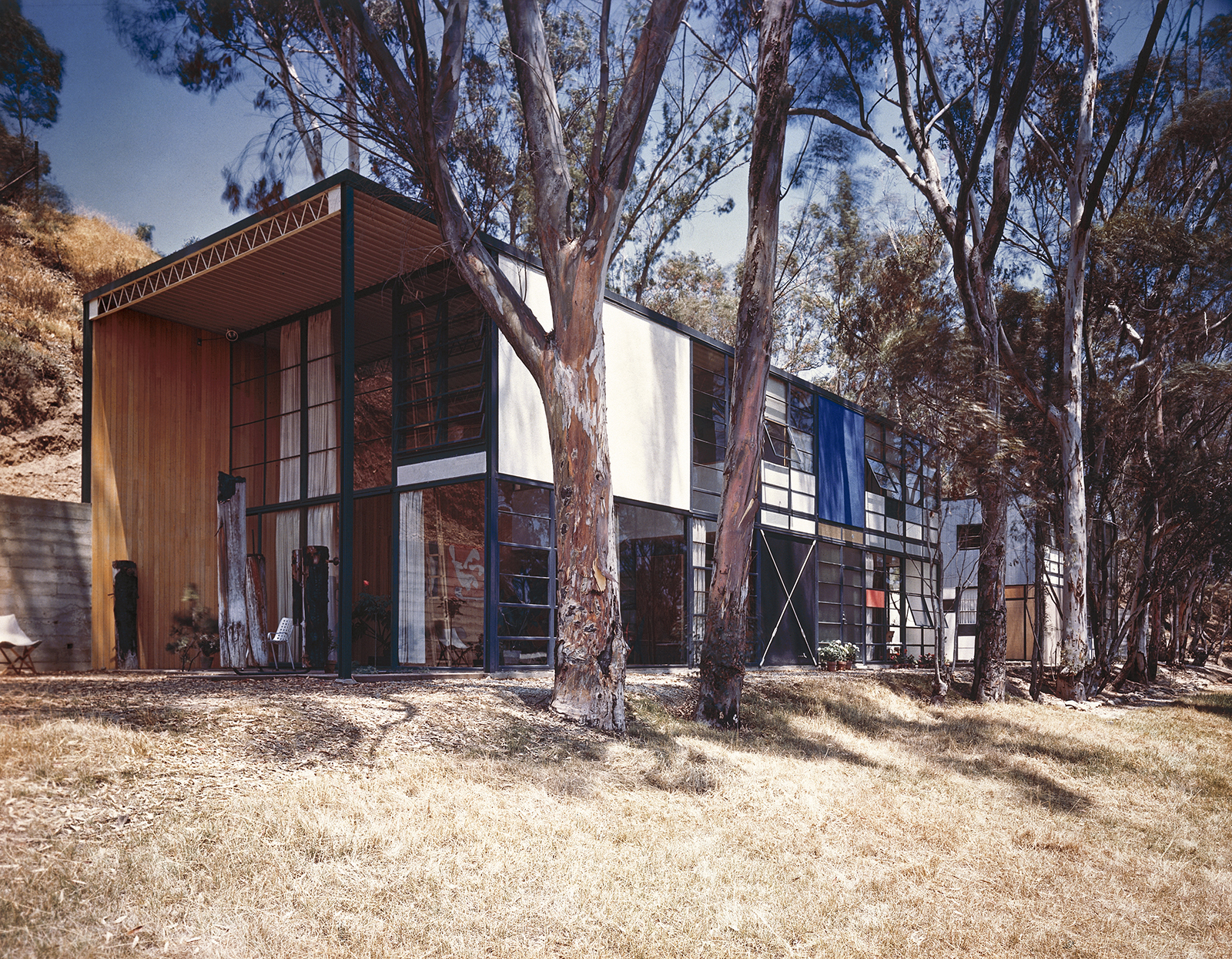Day Three Morning Sessions
Extending and Preserving the Modern American Dwelling
Session 1
A Conservation Management Plan for the Eames House
Session 2
Unloved and Out of Sight: The Post War Manufactured House
Session 3
Sustainable Rehabilitation of Homes Designed by Frank Lloyd Wright
A Conservation Management Plan for the Eames House
The Eames House, an internationally renowned and highly influential work of Modern architecture, was designed by Ray and Charles Eames under Arts and Architecture magazine’s Case Study House program. It is now one of the most intact and internationally recognized of the Case Study homes. However, it is far more than a great work of architecture. It is filled with Charles and Ray’s belongings and sits in a distinctive landscape, and these three interconnected elements—the building complex, the collections, and the landscape—are all integral to its significance. As the house and its site have evolved over the years, the Eames Foundation, which owns and manages it, has found itself at a crossroads: How to conserve the site in ways that protect all aspects of its heritage significance, while also recognizing the need for reasonable change? To assist in the sensitive management and conservation of the site, the Getty Conservation Institute developed the Eames House Conservation Management Plan (CMP), which takes a holistic approach by analyzing the entire site and all of its elements and components, both tangible and intangible. This presentation will take participants through the conservation planning process and will explain the components of the Eames House CMP. It will demonstrate that this CMP provides a model for the application of this methodology to other modern sites.



